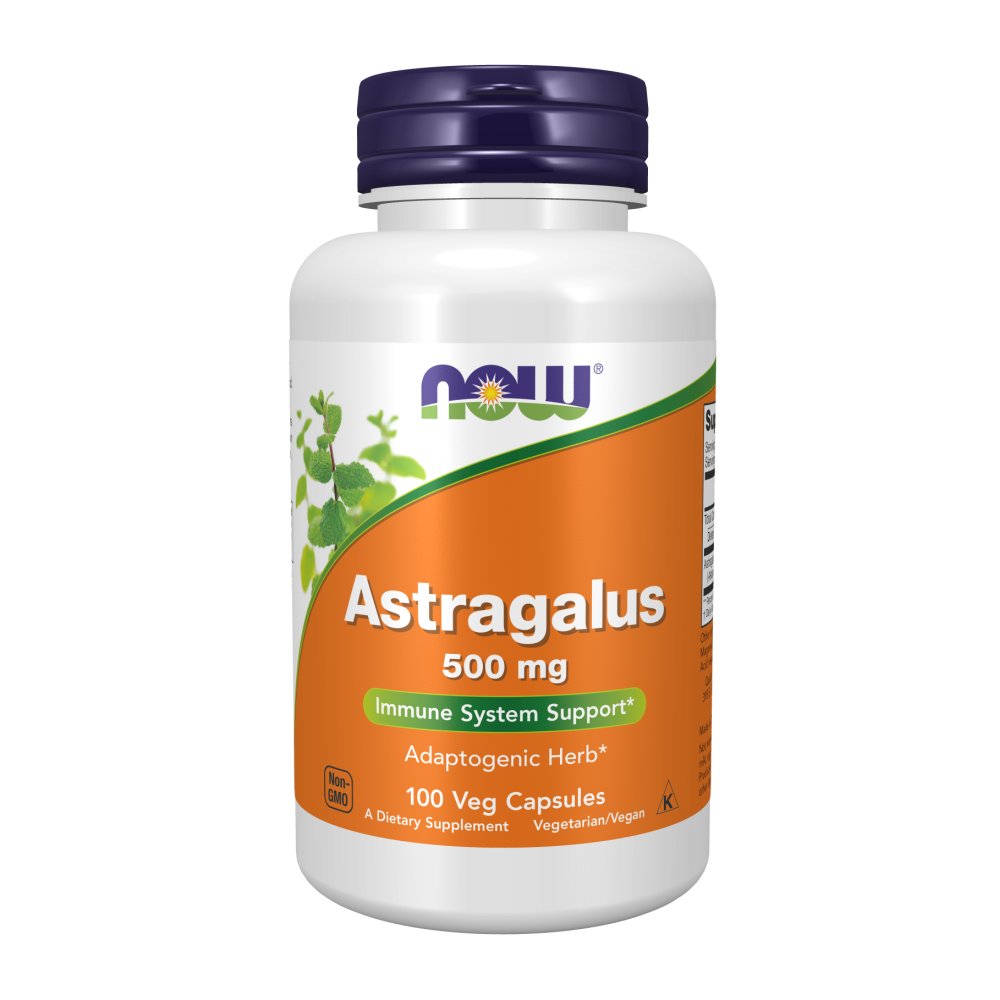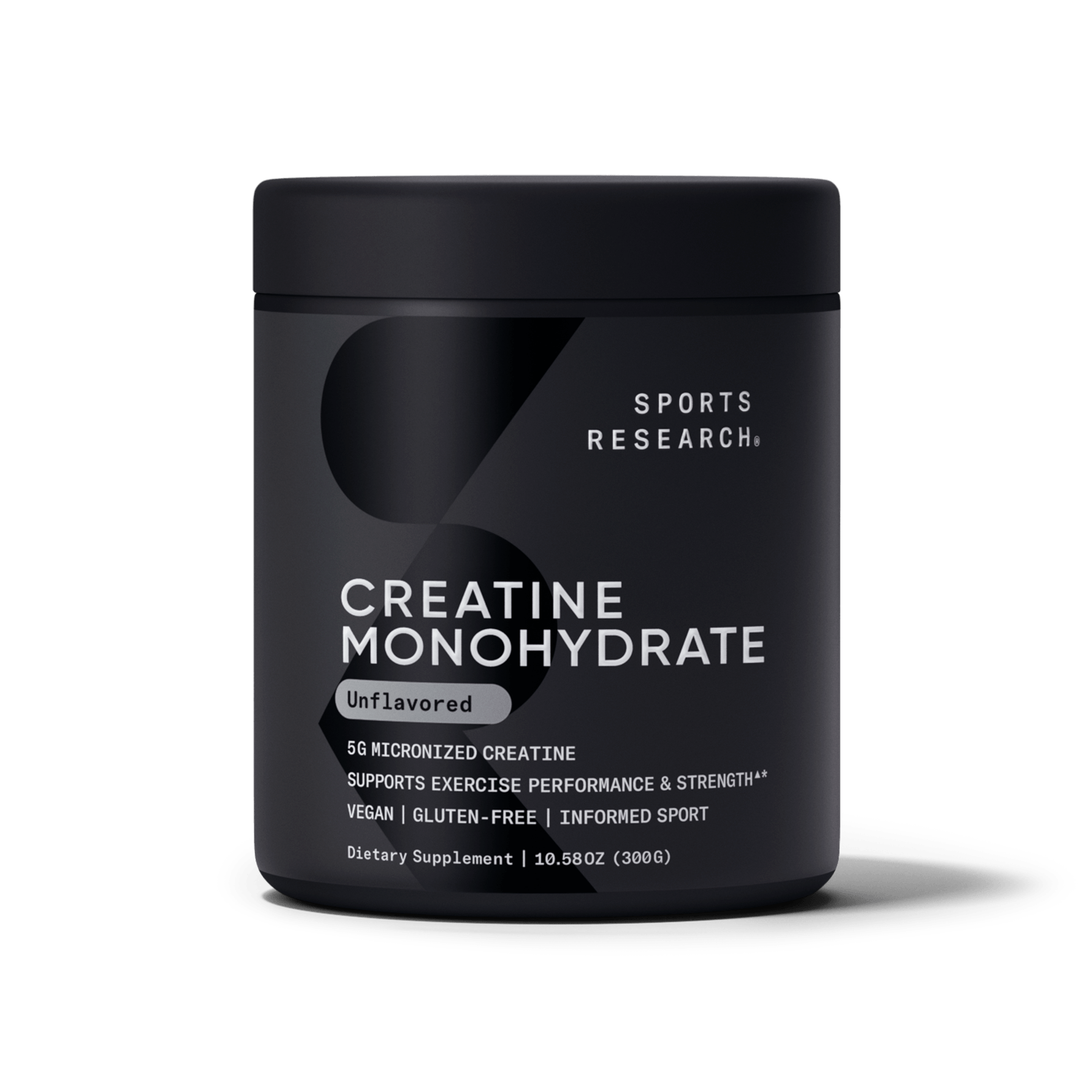Hair loss, or alopecia as it’s also known, is a very common condition which affects both men and women. Whether it’s from natural causes or other causes, it can have a negative effect on confidence and self-esteem. This condition affects the scalp and is often caused by an autoimmune disorder in your body. The autoimmune disorder means that your immune system is attacking the hair follicles which cause the hair loss. The damage caused to the hair follicles are often not permanent and can be recovered with the right treatment.

Minoxidil treatment is one effective method at recovering hair. Minoxidil is an FDA-approved hair product which is capable of helping restore your hair. Minoxidil is a topical lotion, that is applied to the scalp to help encourage hair growth and prevent further hair fall out. Minoxidil belongs to a class of drugs known as vasodilators.
Minoxidil was first created as an oral medication in the 1970s to treat high blood pressure. This was until patients began to notice an interesting side effect, they were growing more hair! With a change of direction, doctors started prescribing minoxidil as a hair regrowth treatment as the drug continued to prove effectiveness at combating hair loss. Today, minoxidil is now a popular method used to promote a full, healthy head of hair.

So, how does Minoxidil work?
Hair goes through 4 key hair growth cycle phases: anagen, catagen, telogen, and exogen. Minoxidil works by targeting the resting phase of hair growth (telogen) and moving them into the active growth cycle phase (anagen). Minoxidil stimulates the scalp area—specifically the deadened hair follicles—which exerts maximum hair growth on the crown of the head for men and women. The exact way minoxidil stimulates hair follicles is not known but is suggested that the solution improves blood circulation to the scalp area, effectively stimulating deadened hair follicles to help slow/stop hair thinning. The treatment has gone through numerous clinical trials and has proven to effectively stimulate growth up to 25% as well as improve thickness, density and overall hair appearance.
Which Minoxidil treatment do I choose?
Minoxidil hair treatments are available in 2% or 5% propylene glycol topical solutions. The propylene glycol ensures that the applied minoxidil is spread evenly across the scalp area and effectively absorbed through the skin. 2% minoxidil solution is targeted to treat women’s hair loss while 5% solution is targeted for men. Women are treated to a different concentration than men as it takes less dosage to stimulate their hair regrowth.
Minoxidil comes in many different forms and can be found in Shampoos and Conditioners, as a Foam, as a Topical Solution and even as a Beard Serum. It is also often mixed with Trioxidil to better enhance results. What Minoxidil product you choose to pick to treat your hair loss or hair thinning all comes down to preference, however many products are targeted at a specific gender.

Statistics
Clinical studies found that women reacted more sensitively to the solution and therefore experienced better results in comparison to men. Further studies showed that when women applied 5% minoxidil once daily to their scalp they experienced hair regrowth, which is why minoxidil is available in a 5% foam concentration for women.
Dermatologists conducted an observational study in 984 men with male-pattern hair loss for the duration of one year. The study evaluated the effectiveness of a 5% minoxidil topical solution in stopping hair loss and stimulating new hair growth. For one year, patients applied 1 millilitre of 5% minoxidil solution twice a day to the scalp area. At the end of the year, the dermatologists reported that hair loss areas of the scalp had become smaller in 62% of the patients. Reports from the study found that 15.9% of patients found the minoxidil solution to be very effective, compared to 47.8% of patients believing it was effective, and 20.6% of patients believing it was moderately effective.
Is it right for me?
More than 30 million are experiencing hereditary hair thinning. The checklist below will help determine if minoxidil treatment is right for you:
- You’ve noticed gradual thinning on the top or crown of your head
- You have or are starting to get a receding hair line
- Circular or patchy bald spots are showing up on your head
- You describe your hair as fine or thin
- You’ve changed your hairstyle or cut your hair shorter because you are dissatisfied with the fullness of your hair
- Your Ponytail is smaller than it used to be
- You notice more hair than usual in the shower drain, on your pillow, or in your hairbrush
- Member of your immediate or extended family, male or female, have experienced hair loss
- If you part your hair in the middle of your scalp, the width of the part shows more scalp than normal
If two or more of these statements are true for you, you may be experiencing hereditary hair loss. Luckily, there are many solutions out there to help combat this problem, including Minoxidil for Men and Minoxidil for Women, FDA-approved treatments that target hair growth at the crown of your head.







